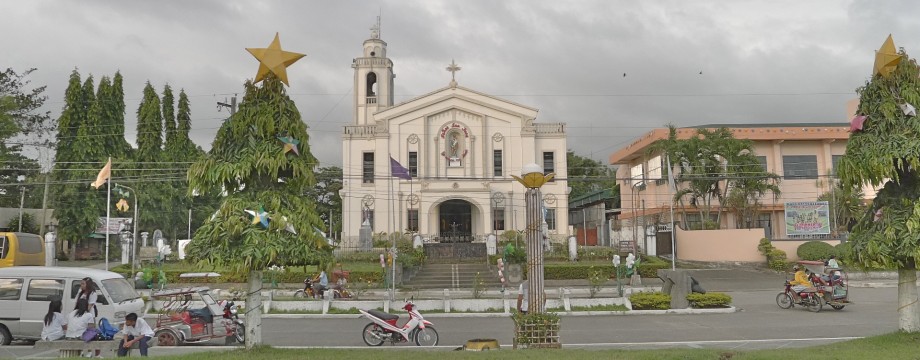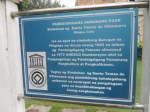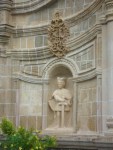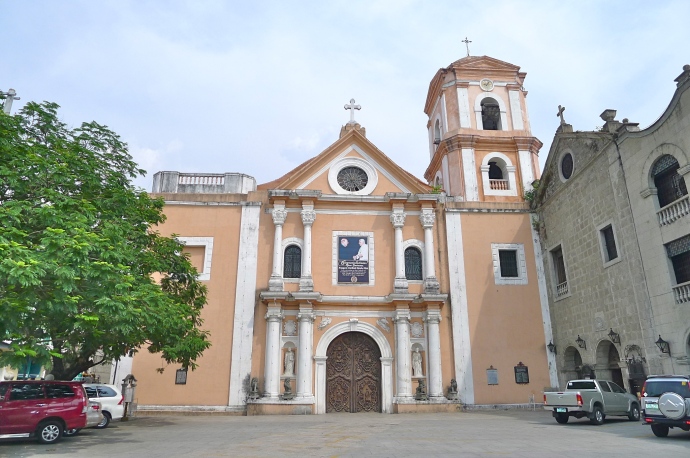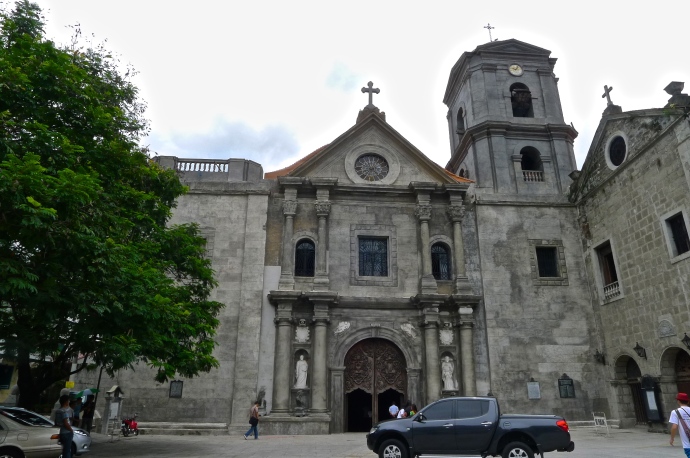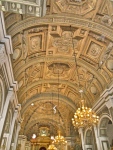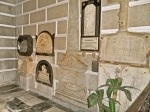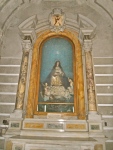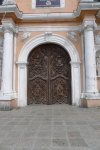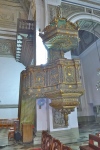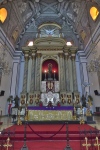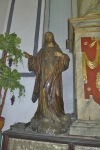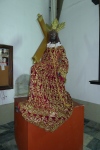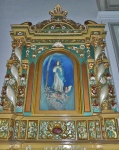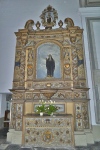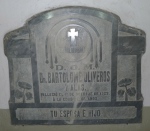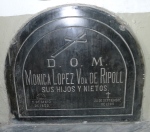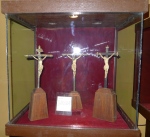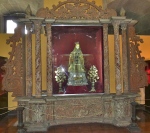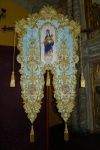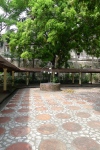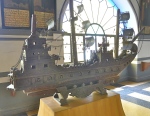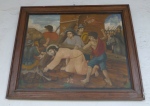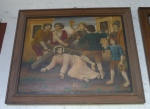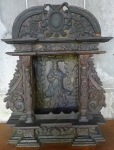The Cathedral of Vigan:
About the Cathedral:
The St. Paul’s Cathedral is also known as the metropolitan Cathedral. It is considered a major religious landmark not only of northern Luzon but the country as well. Visitors must include a visit to the cathedral when in Vigan as it has been a center of Roman Catholic devotion for centuries.
The church as it stands now was completed in 1800. The original structure was built in 1574 upon the command of the Spanish founder of Vigan, Juan de Salcedo. It was a mere chapel then, made of wood and thatch. In 1641, the chapel was replaced by a church.
When the seat of the Nueva Segovia Diocese was transferred to Villa Fernandina de Vigan from Cagayan’s Lal-lo in 1758, the church was elevated to the status of a cathedral and became the center of Catholic faith in the north. Another structure was ordered by then Governor Jose de Basco to be built to replace the existing church in 1786. With the Augustinians, the cornerstone of the new church was laid in the beginning of 1790.
Overall, the cathedral follows a Baroque architectural design that has been modified by Ilocanos to strengthen the structure against earthquakes. This is now known as earthquake Baroque. Testament to the style’s effectivity is the fact that the structure’s original interior walls have remained complete.
Other influences can be observed from the architecture of St. Paul Cathedral, that of neo-Gothic, pseudo-Romanesque and Chinese craftsmanship.
Facing the cathedral, visitors are greeted by the statue of St. Paul above the main opening. There are also carvings of Fu dogs or lion dogs by the outermost doors. In the alcove are scenes of Saint Paul’s conversion.
Though some people may find that the façade is not as impressive as other churches, the cathedral’s interior is something to be admired. The presence of a silver-paneled main altar, three naves, 12 minor altars and brass communion handrails forged in China gives the inside of the church a feeling of grandeur. The area for the choir is located at the loft, making use of the big church’s acoustics.
Surrounding St. Paul Cathedral are the other historic buildings of the city. There are the Episcopal Palace or the bishop’s residence, the diocesan seminary and the Vigan Municipal Hall. It is also beside two plazas, one named after Vigan’s founder, Plaza Salcedo, and another named after a revolutionary hero, Plaza Burgos. It shows how central the cathedral’s role is not only in the religious life of the people, but the social, economic, educational and political aspects as well.
Other Pictures of the Cathedral:
- The Cathedral of Vigan
- Welcome Sign to the Cathedral
- Historical Marker of the Cathedral
- The Belltower of the Saint Paul’s Cathedral
